When, and if, the time comes for you to defend yourself, your family, and your property, you want to make sure that the choice of ammunition for your handgun was the right one. Life or death situations are the absolute worst time to have your ammo of choice fail or not perform the way that it is intended to. If you own a .380 pistol as your self-defense firearm, the round that you choose will be significant for performance and achieving the intended results, especially when it comes to self-defense.
Thanks to the advances in ammunition technology and the demand for the higher performance when it comes to firearms and ammunition, the choices for self-defense rounds can be overwhelming. While there are many great options on the market today, knowledge of what factors and attributes to look for can help, or at least, narrow down the decisions. Now, we’ll go into depth about the important factors to consider when choosing the best .380 self-defense ammo.
.380 Automatic Colt Pistol (ACP)
This ammunition round was first introduced by Colt back in 1908, to use in its new Colt Model 1908, which was a compact, hammerless semi-automatic pistol. The design was intended to produce more accuracy while only sacrificing marginal power. From being the bullet used in the assassination of Archduke Franz Ferdinand that started WWI to now being a very popular choice for concealed carry, self-defense rounds, the .380 ACP has a rich history of strong performance. Due to its reliability and functional design, the .380 ACP has withstood the test of time.
Compared to other self-defense choices out there, the .380 ACP has some advantages and disadvantages, just like any other round. It is a compact, lightweight option that is great for concealed carry and is used in self-defense, law enforcement, hunting, and military purposes.
When being compared next to the performance of larger caliber rounds, the stopping power and accuracy may be lacking a bit, but not as much as the firearm community gossip would lead you to believe. Everyone has a preference and opinion on what makes the best round for any given purpose. For self-defense, the .380 ACP can get the job done and get it done well.
Below we will discuss the important factors and information to focus on when making your choice of best .380 defense ammo.
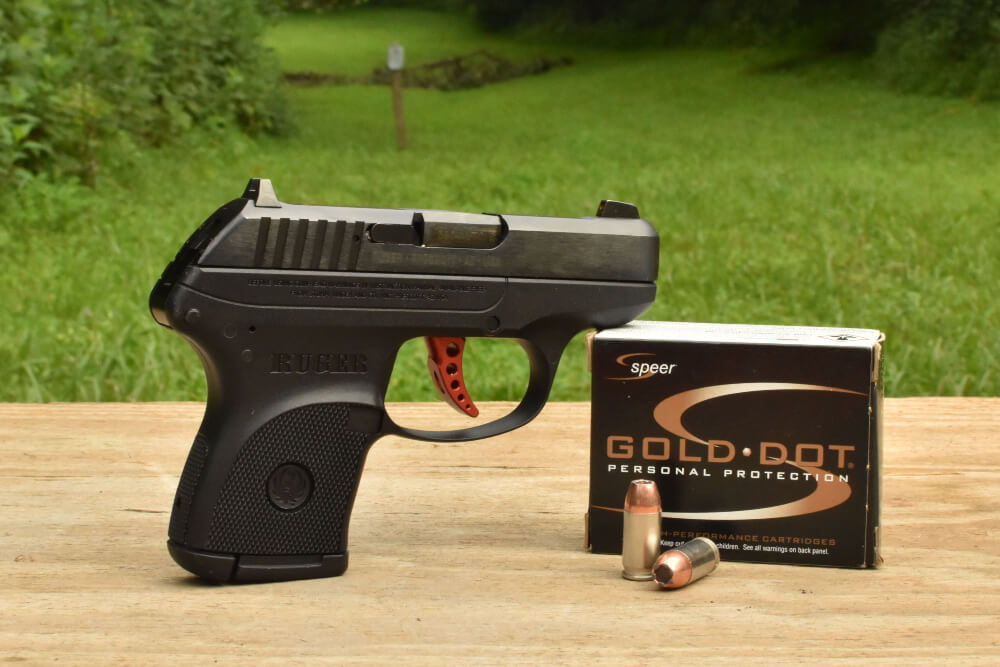
Terminal Ballistics
This refers to what happens when a bullet (projectile) hits its target. The study of how a projectile behaves and what happens at impact are essentially the only factors that truly matter when comparing rounds for self-defense. The science and engineering behind firearms and ammunition are extremely technical and precise because even the slightest design changes can lead to amplified results, either good or bad.
There are several factors that need to be taken into account when looking at the differences between .380 for self-defense, including velocity and weight, accuracy, penetration, and expansion.
-
Velocity and Weight
While most handgun bullets travel less than 1,600 feet per second (fps), the average .380 ACP round clocks in around 1,000 fps due to the smaller size of the round itself and weights. Self-defense rounds tend to weigh exactly the same as training ammo you’d use. If you shoot 90-grain hollow points for self-defense, you’ll want to use 90-grain FMJ loads for training. The thought behind this is that you want your training loads to mimic the feel/recoil of what you’d use for self-defense.
The weight of the bullet is measured in grains (gr) and refers to the weight of the projectile. The common grain weights for .380 ACP rounds are between 85 and 95 gr. While velocity and grain play roles in the accuracy and impact energy of the bullet, neither should be the primary focus for choosing a self-defense round.
-
Accuracy
The next point of discussion isn’t necessarily about the physics and technology of the bullet; it’s about the performance of the shooter.
While cheap ammo can and does make a difference in performance and accuracy, even in the most expensive of guns, the proficiency of the shooter is important. It doesn’t matter what type of self-defense round you have chambered because if you can’t hit your intended target, it doesn’t matter.
Bullet placement is a very important aspect of self-defense that is somewhat independent of the type of bullet being used. A well-placed practice range bullet may stop a threat better than a poorly shot self-defense round.
-
Penetration
When it comes to determining the “stopping” power of a self-defense round, penetration is one of the two most important aspects of a round. According to FBI and various law-enforcement agencies, for a bullet to be effective at stopping a threat, the bullet must achieve a consistent penetration depth of at least 12 inches.
The flip side to that is anything over 18-inches can cause “over-penetration.” In these cases, the bullet might pass completely through your target. Upon exit, that bullet could injure or kill a bystander you don’t mean to hit.
Two great rounds that performed exceptionally well during 3rd party testing for penetration were:
- Remington HTP, 88-grain JHP – tested at 17” penetration
- Hornady American Gunner, 90-grain XTP – tested at 16.3” penetration
-
Expansion
When it comes to stopping an attacking threat and inflicting the most damage to neutralize the threat, bullet expansion is the most important factor. The science and technology behind designing bullets that consistently expand the most on impact is very involved.
Hollow points and full metal jackets (FMJ) are two terms that have been popularized by pop culture and the news. Each is different in their function, but both are important to expansion capabilities. Let’s talk a little more about the process of the bullet expanding on impact.
Hollow points are, by far, the most popular and most effective bullet design for self-defense rounds. As the name implies, the round features a small depression in the nose that is hollowed out, instead of a point. While it may be logical to think that a sharp point would be more effective, it’s not.
The genius design behind a hollow point is the bullet’s ability to mushroom upon impact due to the impact pressure created in the depression. Water does not compress much and since humans are made up of 80% water, when a bullet impacts, there is a great amount of hydrostatic pressure.
In the design of the bullet, there is a casing that surrounds the softer hollow-point tip that is made of a lead core. At impact, the force causes the lead hollow point to expand and causes the casing to peel back along its perforations as the softer core expands, thus creating a mushroomed bullet.
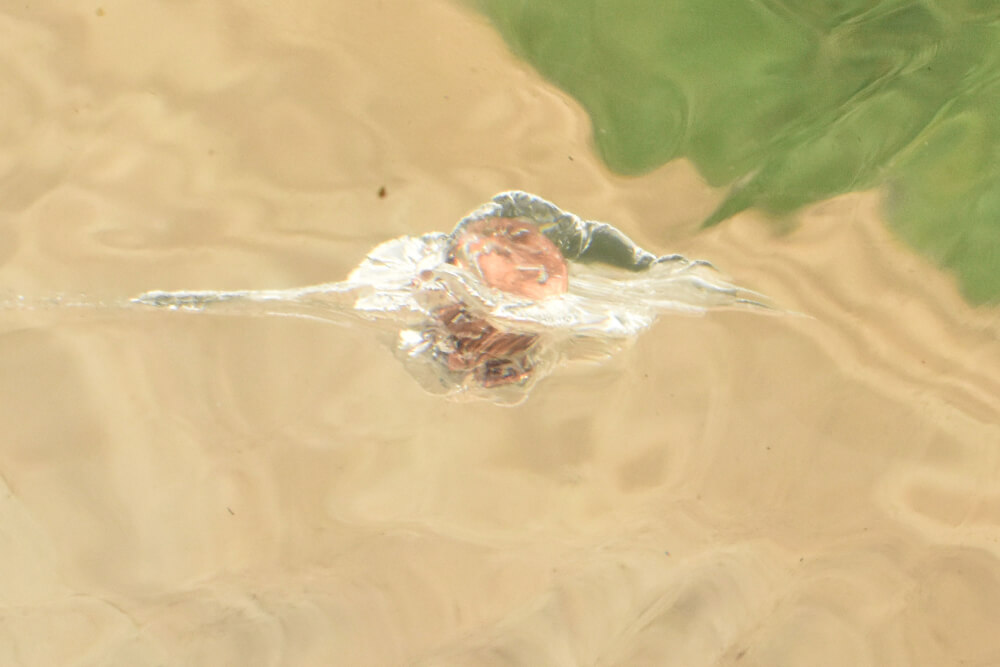
Bullet Jackets Explained
When discussing the jackets of a bullet, FMJ is probably the most recognizable term. While FMJ rounds are going to be extremely effective at penetrating the intended target due to the fact that FMJ’s do not expand.
As discussed above, over-penetration can be a bad thing, especially in self-defense situations where innocent bystanders may be in range. As a result of dedicated engineering, a round was developed that combined the penetrating power of a jacketed bullet with the damage-infliction of an expanding lead bullet. The result is the jacketed hollow point (JHP).
To take the performance of self-defense rounds even further, bonded jacket hollow points were developed to help keep the lead core attached to the copper jacket through barriers and impact. By using electrochemical bonding (welding), the jacket and core are bonded together to prevent separation. Winchester and Speer both make exceptional bonded jacketed hollow point rounds:
Now you are armed with some valuable information regarding the different factors that help determine the best .380 ammo in terms of self-defense performance. For all your ammunition needs, including self-defense rounds, visit www.ammoforsale.com for a large selection of premium grade ammunition from top manufacturers Winchester, Hornady, and Fiocchi. We carry ammunition for handguns to shotguns as well as bulk.

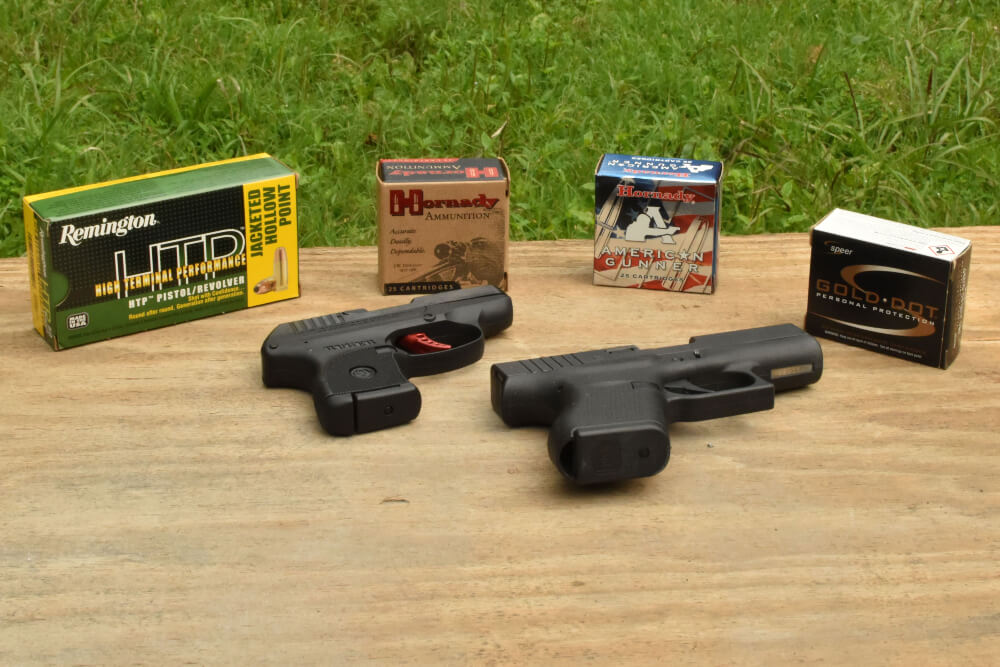
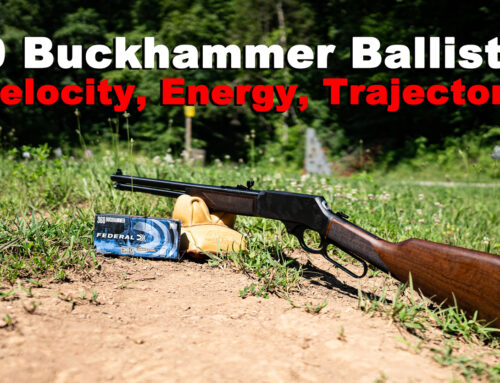
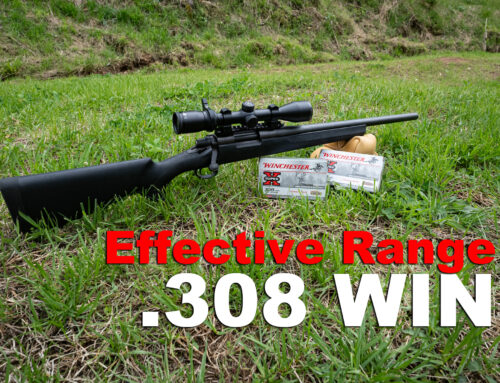
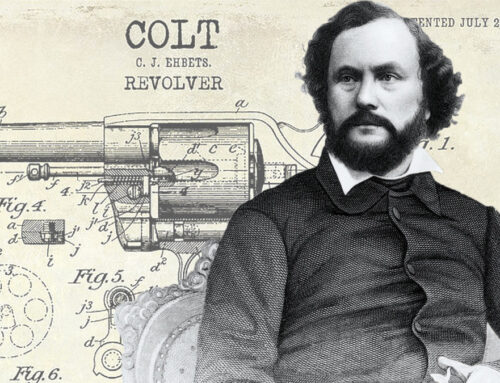
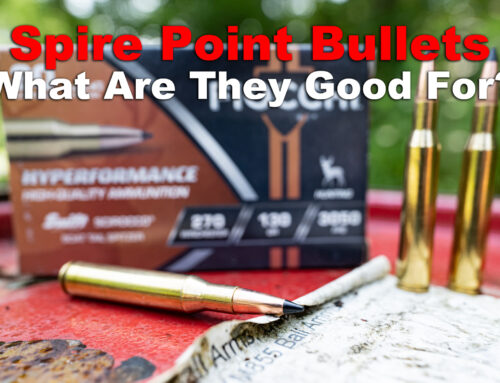
Are all 380 ammo the same I need 380 rugar. Bullets for my small concealed hand gun..
Hi Lorie – yes, 380 ACP, 380 Auto and just “380 ammo” are all referring to the same cartridge. Ruger makes several 380 pistols and you should see the caliber stamped near the chamber or on the barrel of the pistol. Hope that helps and enjoy the pistol!